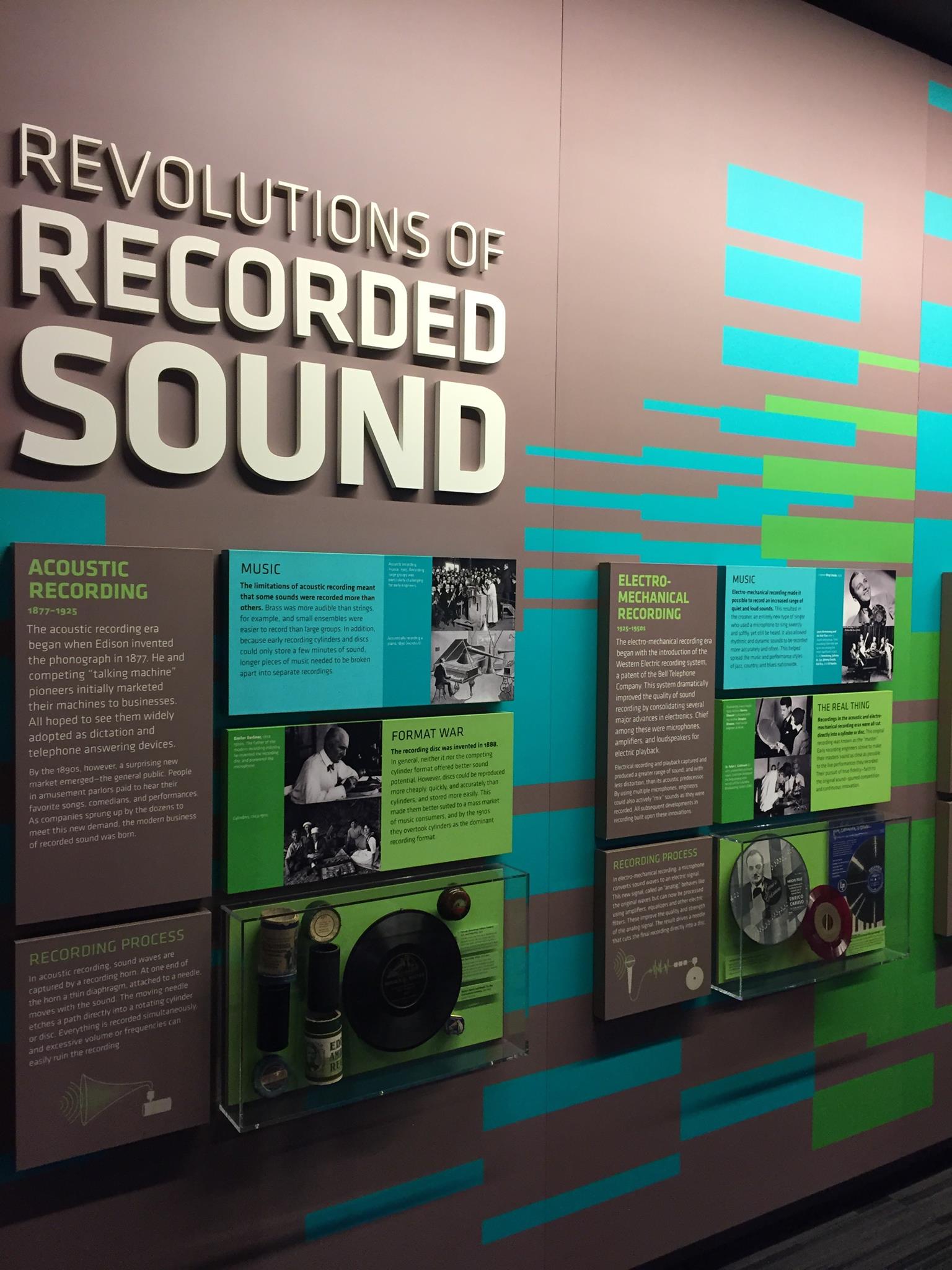GRAMMY Museum keeps content fresh
Ever since opening its doors for the first time in 2008, the GRAMMY Museum in L.A. Live has become integral to downtown Los Angeles’ culture. When the partnership between Anschutz Entertainment Group (AEG) and the Recording Academy was initially searching for a location for the museum, GRAMMY Museum Executive Director Scott Goldman said that the then-new L.A. Live venue quickly became the only rational option, as AEG was not only financing the museum, but also in charge of building the downtown sector into what it is today.

On display until March, the X: 40 Years of Punk in Los Angeles exhibit highlights the contributions of X, a Los Angeles punk rock band that formed in 1977. Photo from Facebook.
“As [AEG] was planning and building L.A. Live, it only made sense for us to put the GRAMMY Museum here, in the midst of what they were creating as an entertainment district,” Goldman said.
Since the museum’s inception, a parade of exhibits and one-of-a-kind memorabilia have kept its halls fresh with new material. One of the museum’s current exhibits is X: 40 Years of Punk in Los Angeles, which first opened in October 2017 and honors how X’s original four members helped set the tone for the city’s flourishing punk scene. On display until March, the exhibit has been a popular section of the museum, attracting visitors who are curious about the band and its impact.
For museum-goer Lourdes Takeda, the collection gave her a chance to learn more about X lead singer Exene Cervenka.
“I really enjoyed the interview with Exene that was upstairs,” she said. “I learned things that I didn’t know about her and also members of the band, and their Los Angeles history.”
Her husband, Dwayne Takeda, was equally impressed with the exhibit, but said the display of Resonator Guitars was his favorite part of the museum.
“We came to see the X exhibit, but I was really fascinated by the exhibit on the Resonator guitars,” he said after touring the facility. “It’s an instrument that a lot of people have seen, but they just think it’s a regular guitar. It’s the old ones made out of metal, they’re very loud, and they had a video on how you make them … I thought that was very interesting.”
The interactive studio and recording booth are permanent, unlike some of the rotating exhibits, and are especially popular among the museum’s younger visitors. For Isabella Joaquin, who visited the museum with Sky Academy, an initiative designed to give underserved youth of L.A. increased exposure to the arts, the opportunity to play the instruments was incredibly valuable.
“I played the drums, you can play songs on it, and you could switch the music,” she said. “It was interesting, and very impressive. There was a lot of high tech stuff, it was pretty cool.”
There’s a lot to be seen inside the GRAMMY Museum, and for Goldman, that’s exactly the point. For visitors who stop by as they make their way through L.A. Live, Goldman hopes they leave the compound with a better understanding of the power of music in all of its forms.
“Right now if you were to walk through the halls, you would see exhibits on a great Latin artist, a great jazz artist, a country artist, as well as a remarkable display of guitars built in the 1920s,” he said. “We tell many stories about the power of music.”
The museum often invites notable figures in the industry to share their stories or perform live music for visitors, and Thursday evening, author and journalist Gerrick Kennedy will make an appearance to discuss his book Parental Discretion is Advised. The book timelines the improbable story of N.W.A. as told through interviews with Ice Cube and several other figures linked to the landmark music group, and Kennedy looks forward to expanding upon his work during an intimate conversation at the GRAMMY Museum.
“The GRAMMY Museum is a rare institution in L.A. that fosters music education while preserving and celebrating the culture from a myriad of genres,” Kennedy said. “I’m really honored that they are hosting me to discuss West Coast hip-hop and N.W.A — a group that defined the genre — during a time when rap is informing all facets of pop culture. It’s essential that music institutions, such as the Recording Academy and the GRAMMY Museum acknowledge and embrace that.”
